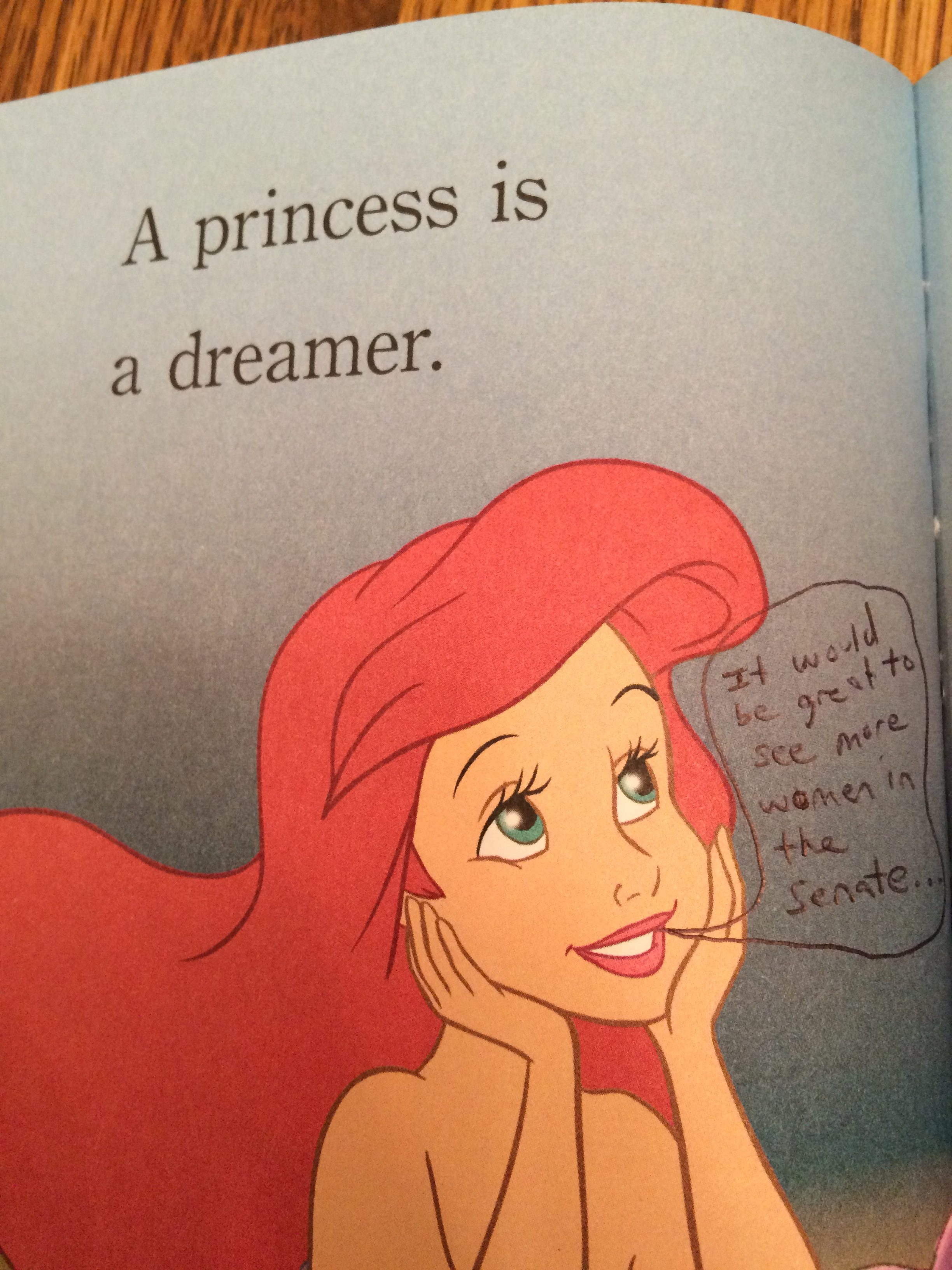Originally posted at Race, Politics, Justice.
A few days after Donald Trump won the electoral votes for president, some people started suggesting that pro-immigrant people in the US wear safety pins in emulation of the movement in Britain after Brexit to signal support for immigrants. A social media debate quickly ensued about what this might mean, some asserting that the safety pin meant that an immigrant could view one as a “safe” White person, some ridiculing the exercise as a “feel-good” effort by Whites to distance themselves from the White nationalist vote, some interpreting its meaning as “I don’t agree with Trump.” (This latter interpretation was offered by both pro- and anti-Trump people.)

My entirely unsystematic observations were that it was African Americans who were mostly negative and White liberals (like me) who were trying to figure out what the “meaning” of the pin would turn out to be. I’m not sure what immigrants thought about safety pins, although I know they are generally frightened by the election results.
Through a neighborhood email newsletter I learned that a family in the area received a racist hate letter using the N-word after the election and that a resident who is also a minister ordered a bunch of yard signs that say “No matter where you’re from, we’re glad you’re our neighbor” in English, Spanish and Arabic. I bought one and will put it in my yard. I really don’t know how this action will be viewed by actual immigrants.
There are some non-Muslim women who have taken to wearing scarves as a symbol of solidarity with Muslims (one story circulating talks about attacks on a non-Muslim woman who was wearing a scarf due to hair loss from cancer treatment), an action that has received (so far as I know) little endorsement from Muslims and some responses that say that this subtracts from the religious symbolism of wearing hijab. After Trayvon Martin was killed, many Black people put up pictures of themselves in a hoodie with “I am Trayvon Martin,” but also often objected when Whites did the same, because the point was that a White person in a hoodie was not treated the same.
In the 1990s, Madison had a flurry of protests and counter-protests in which out-of-town anti-gay protesters were picketing pro-gay churches. Many Madison residents, including me, put up yard signs distributed primarily through churches that said “Madison supports its gays and lesbians.” About the same time, the KKK came through, and we also put up “Let your Light Shine, Fight Racism” signs in our yards. (I recall having both in my yard in the same winter.) Also in the 1990s, many of us wore rainbow ribbons (I kept mine pinned to my purse so I didn’t have to remember to put it on), again as a symbol of support for gays and lesbians. During the first Gulf War, Madison’s lawns often featured either anti-war signs or “support our troops” signs or, often, both. Earlier this year, after a lot of Black Lives Matter protests here as well as around the country, in addition to the relatively small number of yard signs or flags supporting BLM, some streets blossomed the “Support our Police” yard signs. And, of course, yard signs are a staple of political campaigns, most Decembers see a flurry of “Keep Christ in Christmas” yard signs, and Wisconsin Badger and Green Bay Packer pennants fly all around town on particular weekends.
So how should we think about these visible symbols and the varying reactions they elicit?
Let’s begin with the obvious. Symbols are symbols, and displaying a symbol is not the same thing as showing up for a protest or taking other active steps to pursue social policies you believe in. Wearing or displaying some sort of symbol of support for a minority is not the same thing as being a minority, nor will the symbol necessarily be interpreted by others in the way it is meant. This does not make symbols meaningless. They are visible symbols of adherence to some cause or belief system and, as such, open the wearer to reactions from others. But, as symbols, they are subject to multiple interpretations and their meaning varies with context. So those displaying symbols and those viewing others’ displays of symbols need to do interpretive work to understand the symbol and to assess the consequences of displaying it.
If you display or wear a symbol that you are sure others around you will approve of, you have little to lose from the symbol and something to gain. Signaling support for a cause the majority supports signals your affiliation with the majority. Supporting a beleaguered minority in a context where the majority is at least tolerant is also a low-cost gesture. When I displayed pro-gay ribbons and yard signs, I had no expectation of negative reaction, and I doubt any other straight person in Madison did either.
But that does not mean it was meaningless. Gays and lesbians I knew personally were feeling attacked and the visible support was meaningful to them. The signs and ribbons were passed out at church by people I knew. In that context, I could either display the symbol or not display it but, either way, my action would be interpreted as having meaning. I felt the same way about this latest “welcome neighbor” sign. When confronted with the question, I could either put up a sign or not put up a sign, but either choice carried meaning. I know of at least some instances in the 1990s in which gay and lesbian people stated that the signs made them feel supported and better about living in Madison. Of course, you can “do” support without yard signs or ribbons. After 9/11, Christian churches and Jewish congregations reached out to Muslim congregations (and Muslim congregations for their parts held open houses) and Muslims generally felt supported in Madison, even without yard signs or ribbons.
In places where the symbol is low cost, one can justly be suspected of displaying the symbol just to go along with the majority or as a low cost way of feeling good about a problem you don’t plan to do anything more about.
The same yard signs and ribbons (or safety pins) in some areas would not be safe gestures but would open up a person to verbal or physical assaults, or worse. Whites who visibly supported Blacks in the old rural South or Chicago’s segregated White neighborhoods in the 1950s were violently attacked and had their houses bombed. Displaying pro-gay symbols in areas dominated by conservative Christians in the 1990s could lead to hostile interactions. Even displaying the wrong sports team colors can get you hurt in some contexts.
Displaying a symbol where you know you are an opinion minority, and especially where it opens you to attack, is a very different gesture than where it is safe. In these contexts, it is an act of dissent. It is especially meaningful to dissent visibly in contexts where a dangerous segment of the majority feels empowered to commit violence against minorities. In these contexts, the symbol does not necessarily mean “I am a safe person” but “I am willing to draw the attention of dangerous people” or “not everybody supports those people.” If the intent is actually to shelter minorities from violence, the goal usually is to get as many people as possible to wear the symbol of dissent, to signal to those who intend violence that they cannot act with impunity and cannot count on community support.
Conversely, yard signs and other symbols are sometimes used by majorities to coerce compliance or intimidate minorities. Pro-police, pro-KKK, anti-gay, anti-immigrant symbols and yard signs signal to minorities that they are not safe in the area. When you know that you are in an area where your views are contested, your visible symbol chooses sides.
Another dimension is the clarity or ambiguity of a symbol. This also is contextual. In the US today, it is not quite clear what a safety pin is supposed to signal. Does it merely signal opposition to violent attacks on minorities, or does it also signal opposition to deportations and registries? Can I assume that a safety pin wearer supports DACA and keeping DACA students in the US? Does a safety pin also mean the wearer supports Black Lives Matter? Expanded immigration policies? Or is it merely a signal that one voted Democratic and is vaguely against “hate”? Or that the person voted for Trump (or Stein?) and wants to disguise the fact in a liberal area? In the late 1960s during the anti-war movement I once tied a white scarf to the sleeve of my dark jacket when biking at night across campus so I could be seen. Several people stopped and asked me what my white scarf “meant.” Was it a new anti-war symbol? If so, they did not want to be late to adopt.
But non-verbal symbols can come to have very clear meanings. In Britain, the safety pin has a clear meaning, from what I’ve read, although its meaning in the US is not clear. In the US, a spray-painted swastika can be safely assumed to be the work of neo-Nazis meant to intimidate minorities and not a Hindu religious symbol. Text is often clearer: The phrase “let your light shine, oppose racism” is hopefully a clearer symbol that merely lighting a candle in your window in December, and “Madison supports its gays and lesbians” is also relatively clear. The latest sign about being happy my neighbors are here, written in Spanish and Arabic, also conveys pretty clear meaning in its language choices as well as its content, although could be criticized for its ambiguity about racism (as the impetus for the signs was a hate letter that used the N-word) and immigration policy (as the sign does not mention your document status).
The ambiguity of a symbol can make signaling one’s actual opinions complex. This is a Christian-majority country and there is a strong politicized Christian movement that is affiliated with White nationalism and/or strong anti-abortion sentiments and/or hostility to gays, lesbians, transgender and other sexual minorities and/or hatred of Muslims or, possibly, Jews. This makes any overt Christian symbol (a cross, a crucifix, a “keep Christ in Christmas” yard sign) an ambiguous symbol that is likely to be interpreted both by non-Christians and also Christians one does not know as a symbol of adherence to the Christian Right or at least Republicanism. Muslim women have a similar problem, as their hijab is often interpreted as symbolizing things other than what they think it symbolizes.
The minister who organized the welcome neighbor signs in Madison told reporters that part of his motivation was that as a White Evangelical Christian, he wanted to distance himself from White Evangelical Christians who are advocating messages that he considers hateful. In the 1990s, pro-gay churches similarly sought to distance themselves from the association of Christianity with anti-gay movements.
But even text symbols can “mean” something other than what the user thinks it meant. I interpret the pro-police yard signs in Madison as “meaning” opposition to Black Lives Matter, as I interpret “Blue Lives Matter” to have a similar meaning. I make this interpretation because there were no pro-police signs in Madison before Black Lives Matter, because the only contextual factor that could be construed as anti-police would be Black Lives Matter, and because the last time pro-police signs and bumper stickers were common it was the “Support Your Local Police” bumper sticker campaign launched by the far-right John Birch Society in 1963. In fact, a quick Google search reveals that the JBS has revived this campaign and there is now a movement among police to spread this slogan as opposition to federal attempts to supervise and rein in the excesses of local police. It could be that someone who put up that sign lives next door to a police officer and couldn’t say no when asked to put it up, despite the person’s private support for Black Lives Matter and concern about racial disparities in Madison. But the “meaning” of the sign still encodes opposition to BLM, regardless of private motives. Likewise, some of my neighbors referred to pro-Trump yard signs in the area as evidence of “hate,” a characterization which other neighbors objected to.
Symbols have to be collective to have any meaning at all, and that is why they tend to have a fad-like character and are typically promulgated and distributed by organizations. That is also why people may contest the meaning of symbols. They are superficial and elusive conveyors of meaning. There are no clear guidelines about when to display symbols and how they will be interpreted. But the use of symbols to convey one’s identity and stance with respect to important issues is an important part of how people come to perceive the opinions of those around them. And that is important.
Pamela Oliver, PhD is a professor of sociology at the University of Wisconsin, Madison. Her specialty is collective action and social movements and, since 1999, she has been working intensely on the issue of racial disparities in criminal justice. You can follow her at Race, Politics, Justice.












 To make a long, well-put, and worth-reading argument short: eviction isn’t rare as many policymakers and sociologists might assume; it is actually a horrifyingly common phenomenon. Urban sociologists have missed the magnitude of the eviction phenomenon because they have traditionally used neighborhoods as the unit of analysis, studying issues such as segregation and gentrification. Because eviction is rarely studied, we don’t have good data on eviction. Establishing a dataset of eviction is not a simple data collecting task, given that there are many forms of informal eviction. The consequences of eviction are devastating and have a profound, negative, and life-long impact on subsequent trajectories: worse housing, more eviction, and homelessness, all disproportionately affecting women of color with children (“a female equivalent of mass incarceration,” Desmond argued at a
To make a long, well-put, and worth-reading argument short: eviction isn’t rare as many policymakers and sociologists might assume; it is actually a horrifyingly common phenomenon. Urban sociologists have missed the magnitude of the eviction phenomenon because they have traditionally used neighborhoods as the unit of analysis, studying issues such as segregation and gentrification. Because eviction is rarely studied, we don’t have good data on eviction. Establishing a dataset of eviction is not a simple data collecting task, given that there are many forms of informal eviction. The consequences of eviction are devastating and have a profound, negative, and life-long impact on subsequent trajectories: worse housing, more eviction, and homelessness, all disproportionately affecting women of color with children (“a female equivalent of mass incarceration,” Desmond argued at a